Cleaning a circuit board of corrosion can be a challenge. But it can be an easy and safe thing to do if you know exactly what to use for a cleaner and the right kind of material to clean it with. A circuit board with corrosion can cause problems for your computer if you choose not to clean it. Depending on the severity of the corrosion, there are several ways to clean it.
What Causes Corrosion?
One of the chief causes of corrosion being found on your circuit can be linked to water damage. For example, let’s say you’re playing a game on your PC. You take a drink from a bottle of water and you forget to place the cap back on because one of your computer animated enemies is continuously attacking you. After you’re finished, you shut the computer off and leave your desk.
Meanwhile, your cat jumps on your desk and accidently knocks down the water bottle. Water rushes to the edge of your desk and runs off. Little do you realize, that water is leaking into your computer tower. You return to your desk and notice a small puddle of water. It was from the water bottle you forgot to close tight.
So you clean it up and all is well and good. Then you turn on your computer like nothing happened. About two days later, your computer suddenly doesn’t work and you cannot figure out why. Water damage has taken its toll on your circuit board. And now there is corrosion on your circuit board.
Since we’re still on the topic, there’s a reason why electronics and water do not always mix (even though there is some waterproof technology like those waterproof speakers). But not everything that is all tech can withstand water. Corrosion that exists in an electronic circuit board can only further prove this point.
So what is corrosion? Corrosion is the gradual breakdown of material that is caused by a chemical reaction within its environment. The most common material that can be corroded are metals. Corrosion in its most common form is when you mix metal with water and oxygen. This of course creates iron oxide, but we know it much better as rust. There is no exact time frame on when corrosion occurs. It depends on the device itself. Some corrosion may occur within a few hours of initial water contact. Some have also lasted days or weeks unaffected before any corrosion occurs.
Humidity, severity of water damage, length of time of when a device was submerged and how the device itself was made can also be factors in speeding up the corrosion process.
Cleaning Corrosion
Cleaning a corroded circuit board is not like cleaning anything else. It’s not a countertop that you can just simply clean. This is a type of cleaning where you absolutely have to be careful doing. Not being careful can create further damage to your circuit board. If you don’t know what you’re doing, not only will damage be likely, you can also risk injury while cleaning it.
That’s why it is important to clean this while you are under the supervision of a professional who has knowledge in cleaning corrosion on circuit boards. Or you can simply have the professional themselves do it.
Best Ways To Clean A Corroded Circuit Board
There are two ways to clean a corroded circuit board: Using a solution mixed with alcohol, baking soda, and water. The other is using a special circuit board cleaning spray.
Cleaning With Mixed Solution
- Always remove the device’s batteries and power source first. This will not only prevent short-circuiting, but will prevent you from being injured. Please note that you may be exposing other elements of the device to possible corrosion, so do this carefully.
- Corrosion can be found if you see a white or greenish substance that looks and feels “crusty”. Common places to look include charging ports, battery connectors, SIM card connectors, and any mechanisms that allow you to connect wired accessories to the device.
- Use cotton swabs or Q-Tips. Also use isopropyl alcohol, baking soda and water to clean corrosion. You can also use vinegar. Gently apply the mixed solution to the affected area and wipe back and forth until the corrosion is gone. You can even apply the solution on the corroded area and let it sit for an extended period of time before wiping it off.
- To dry the device, use a hair dryer on the cool setting or a soft cloth. You should never use heat as a way to dry off a device. Before replacing batteries or turning the device on, make sure the circuit board is completely dry.
- Replace damaged batteries with a new one. Recycle the old batteries properly. Do not dispose them along with any general trash as it may cause damage to the environment.
In The Event Of Significant Corrosion
If the corrosion appears to be significant, then mix a liberal amount of baking soda into water until it becomes a runny paste. Soak a cotton swab in the solution and apply it gently on the corroded areas. Allow 24 hours for the solution to dry completely. Then repeat the method listed above as if you were cleaning the corrosion as normal. Be sure to replace the battery and dispose of the old one properly.
Cleaning Corrosion Using Cleaning Spray
This is also an alternative cleaning method for cleaning corrosion using a special circuit board cleaning spray. Before using this, please note that there are chemicals that may be considered harmful to your health. So be sure to wear protective clothing and eyewear to prevent your skin or eyes from being exposed. Be sure that you are in a well-ventilated area or wearing a ventilation mask while using this spray.
Prior to using cleaning spray, you should shut down your devices and disconnect them from any cables or power sources. Using a cleaning spray while a device is connected to a power source can further damage the device and in some instances will increase your risk of electrocution. Spray the solution and spot clean using a cotton ball or microfiber cloth.
One cleaning spray of choice you can use is CorrosionX.
How To Prevent A Circuit Board From Corroding
The surprising twist is that at some point, corrosion will occur on a circuit board based on the natural cause of time. But you can delay the inevitable. How can you do that? For one, make sure that the circuit board or your electronics are not exposed to any ionic contamination. In other words, be sure that your computer or device is stored in a dry environment. If the environment has any kind of moisture, it can hasten the corrosion of your circuit board.
Another preventative measure you can use is obvious. Never have anything that contains water be near any electronic devices. This can include something like an opened water bottle, a glass of water, or even a fish bowl. Accidentally knocking down something that contains water near electronics can cause the water to enter the electronic device. If your device is a smartphone, keep it somewhere away from any sinks, tubs, or showers. This should be common sense as a device that is exposed to water can cause serious injury or death if connected to a power source.
Conclusion
Cleaning a corroded circuit board takes careful skill and a specific way to clean it. It is not as simple as cleaning anything else. Use the methods above to properly clean corrosion. If you’re worried about creating further damage to the circuit board, have a professional clean it for you.
There may be times that the circuit board may be so badly damaged, that replacing the device itself will probably be the only option you may have. In either case, take preventative measure to lengthen the life of your device’s circuit board.

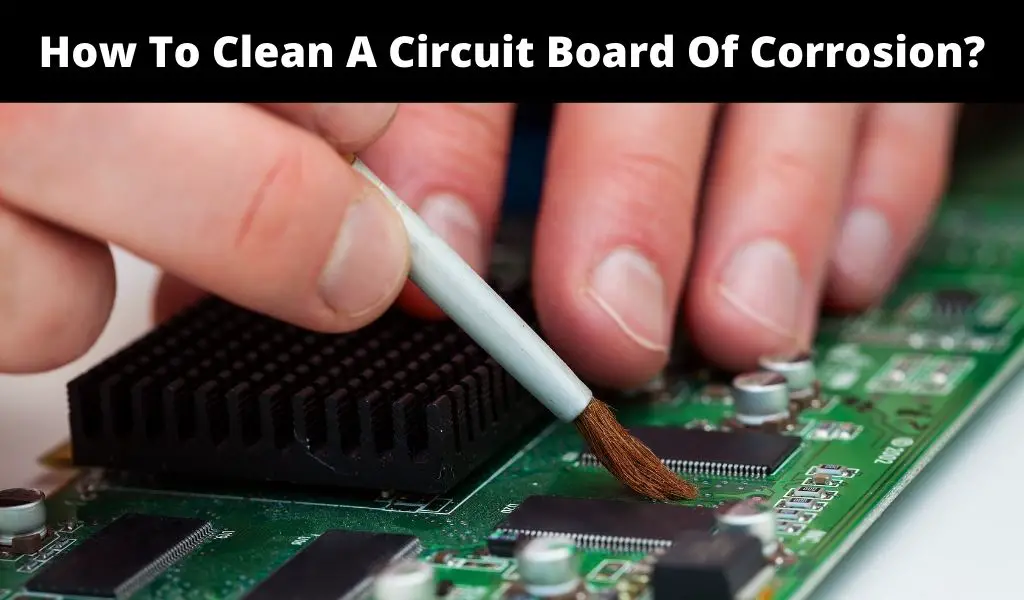
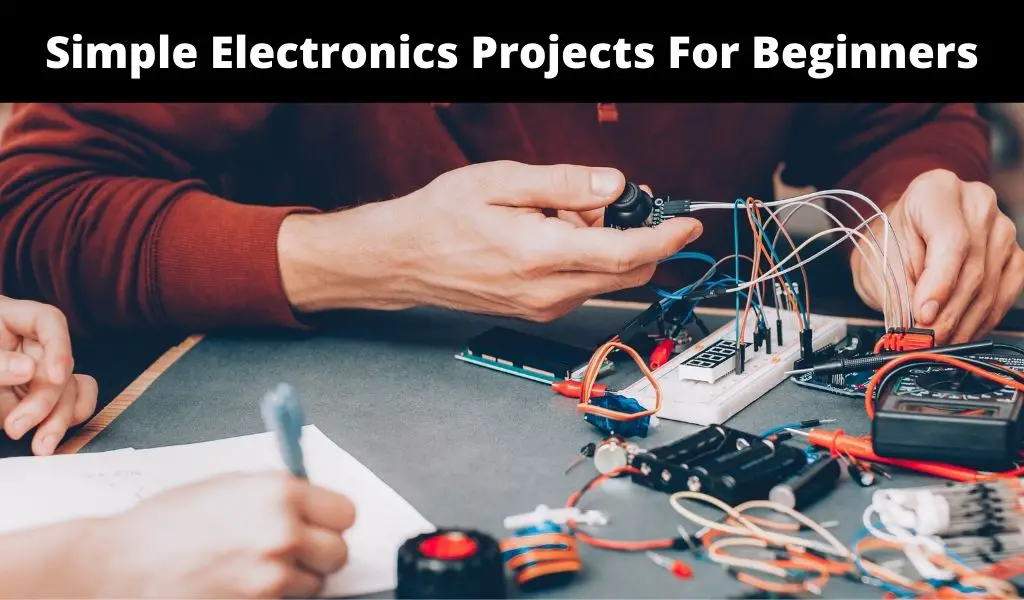
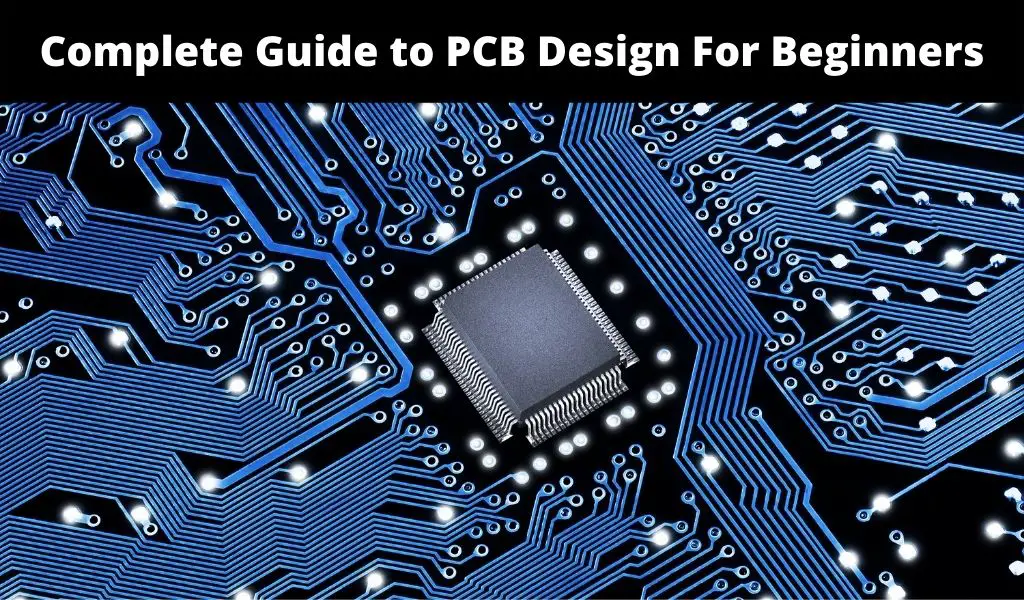
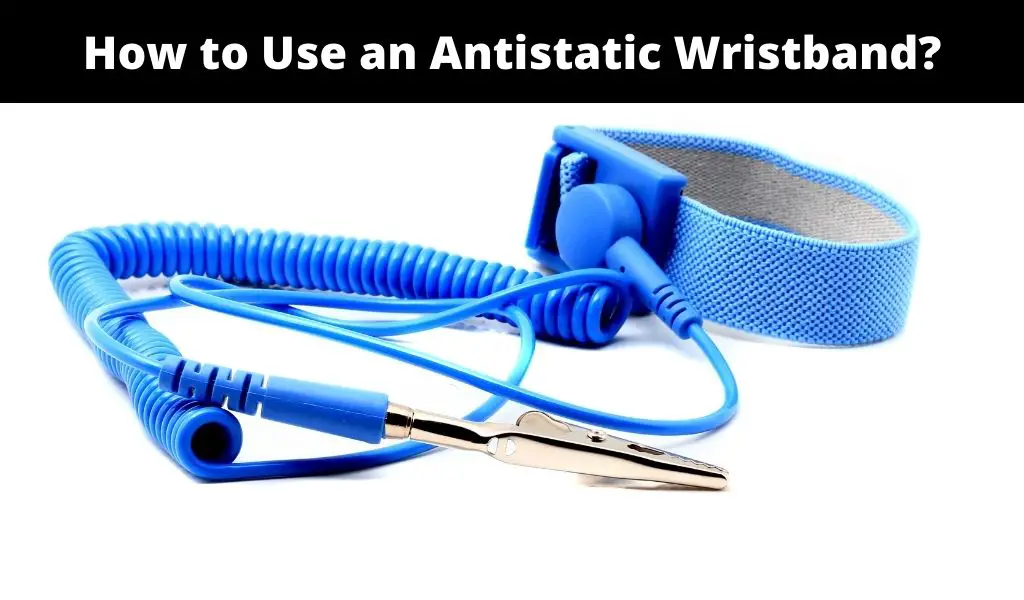
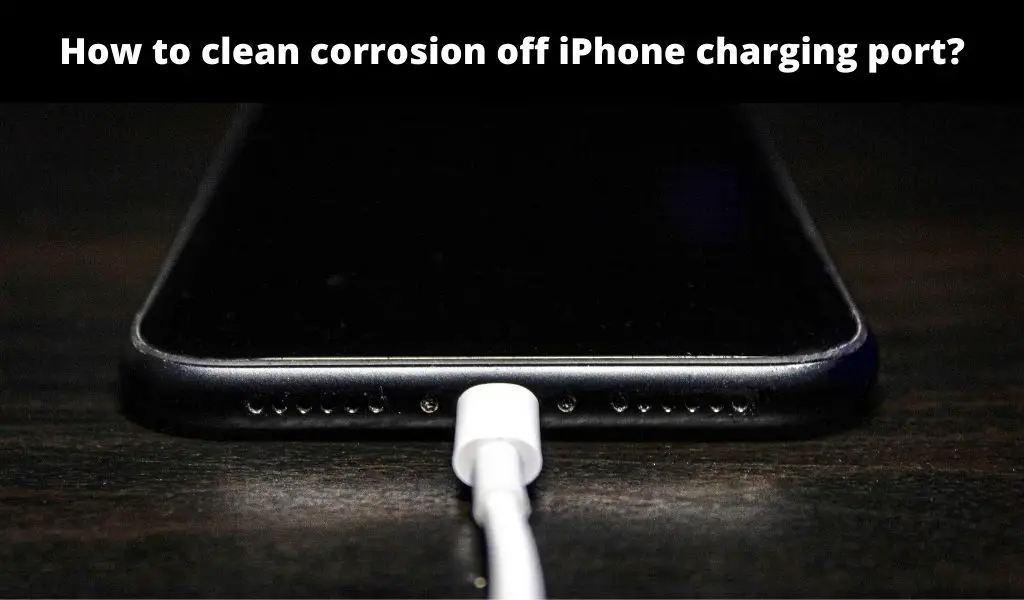
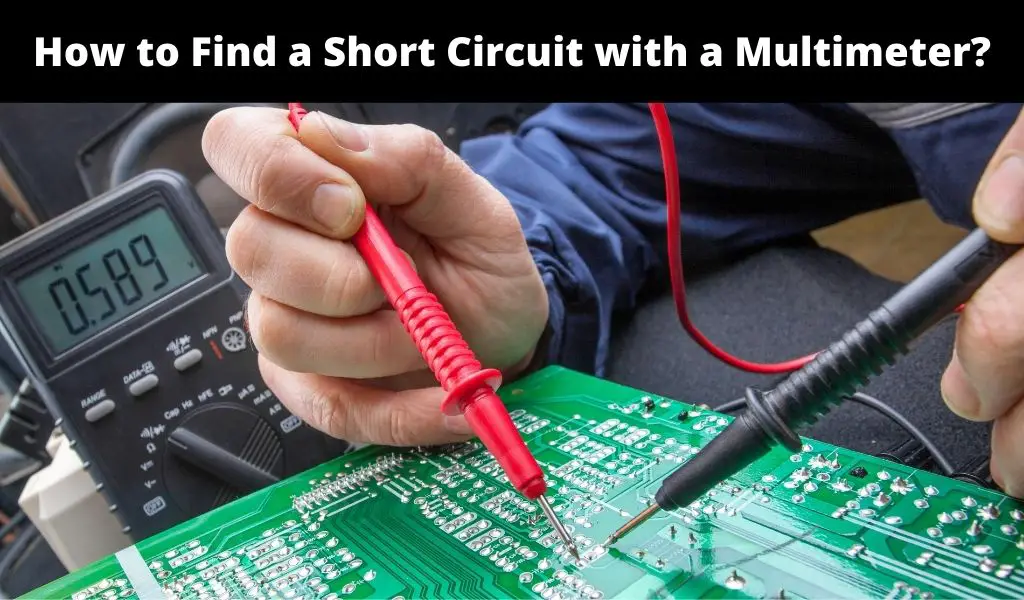
it’s not always bad to use heat for drying. many articles on PCB corrosion mention heating up to 170° F to dry a circuit board.
It can be bad to leave vinegar residue on the board. it can eat away over time if it is not cleaned properly.